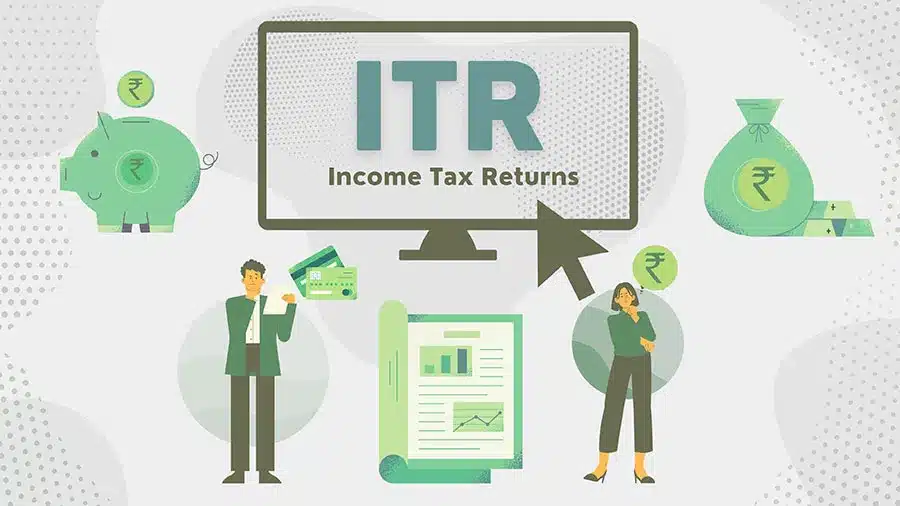ITR Filing for FY 2024-25: Key Updates and Insights

The Government has recently released the income tax return (ITR) forms for the financial year 2024-25, introducing several updates aimed at streamlining the filing process. While the changes are minimal, they are designed to align with the adjustments announced in Budget 2025 and enhance automated return processing. Taxpayers should familiarize themselves with these updates to ensure accurate filings and avoid potential complications.
Key Changes in ITR Forms
One of the notable updates involves the ITR-1 form, which now allows taxpayers with long-term capital gains from listed securities up to the exempted threshold of Rs 125,000 to use this form, provided they meet other eligibility criteria. However, those with short-term capital gains or capital losses that need to be carried forward will still need to select a different ITR form. Additionally, the Capital Gains Schedule has been revised to differentiate between gains accrued before and after July 23, 2024, in response to changes in capital gains tax rates announced in Budget 2024. Taxpayers can expect their brokers or mutual funds to provide the necessary details in the required format.
Tax Responsibilities on Share Buybacks
Starting October 1, 2024, the responsibility for paying taxes on share buybacks will shift from companies to individual taxpayers. This means that the entire buyback amount will be treated as a deemed dividend and will be fully taxable. Taxpayers should note that they cannot deduct the cost of acquisition for these shares. However, they can carry forward the cost of such shares as a deemed capital loss, which can be offset against future gains. This change emphasizes the importance of understanding tax implications related to investment decisions.
Reporting Requirements for MSME Payments
For those reporting income from business or profession, a new requirement mandates the disclosure of the number of days taken to make payments to Micro, Small, and Medium Enterprises (MSMEs). Payments made beyond a 45-day period will not be eligible as deductible business expenses. This change aims to promote timely payments to MSMEs, which play a crucial role in the economy. Businesses should ensure compliance with this new reporting requirement to avoid potential tax issues.
Asset and Liability Reporting Adjustments
The threshold for reporting assets and liabilities in the Asset and Liability (AL) Schedule has been increased from INR 5 million to INR 10 million. This adjustment provides some relief to taxpayers, but it remains essential to maintain accurate records of assets, liabilities, and any financial movements throughout the year. Proper documentation will help taxpayers stay organized and prepared for any inquiries from tax authorities. Additionally, even individuals without taxable income may still be required to file a return under specific conditions, such as significant foreign travel expenses or high electricity bills.
Observer Voice is the one stop site for National, International news, Sports, Editor’s Choice, Art/culture contents, Quotes and much more. We also cover historical contents. Historical contents includes World History, Indian History, and what happened today. The website also covers Entertainment across the India and World.
Follow Us on Twitter, Instagram, Facebook, & LinkedIn

